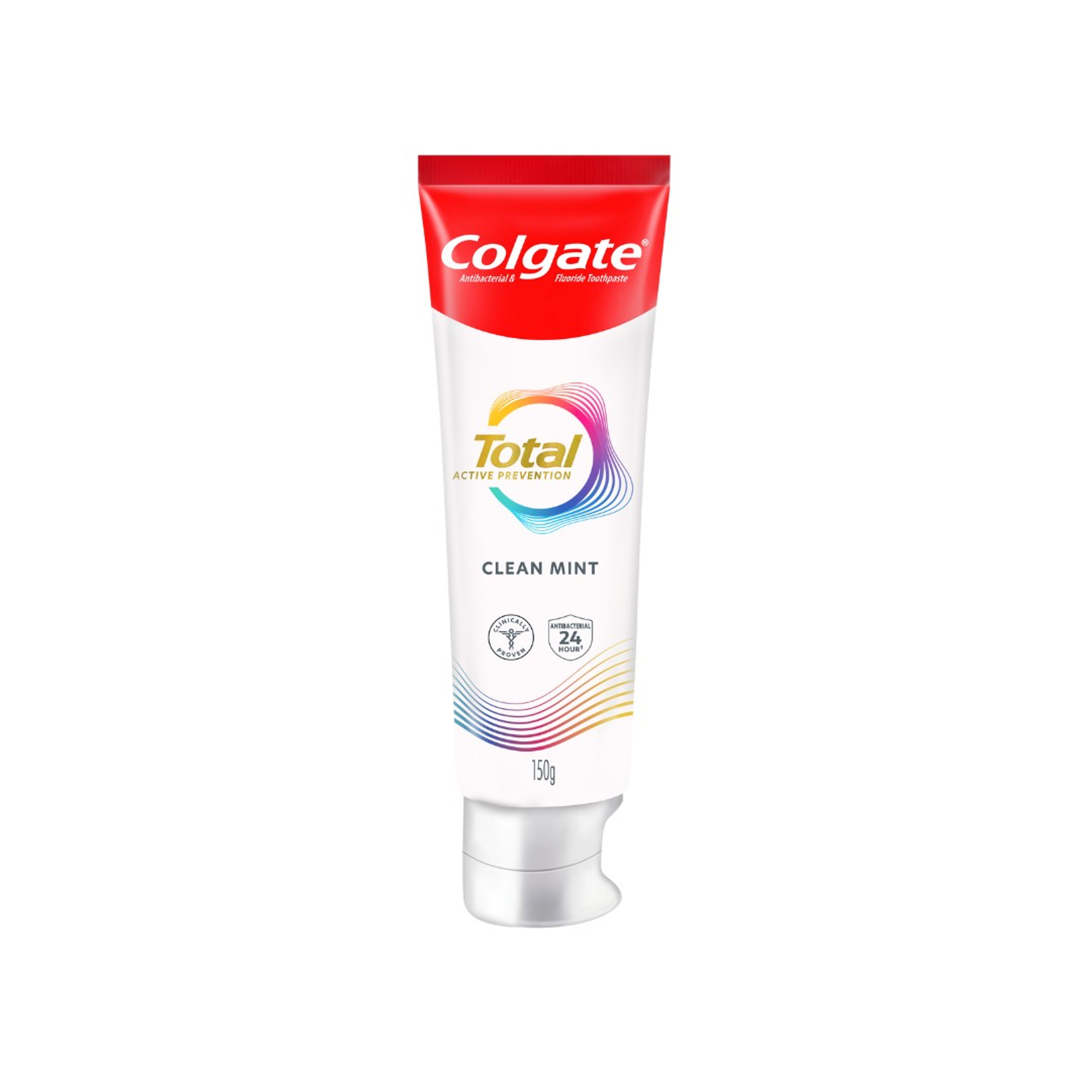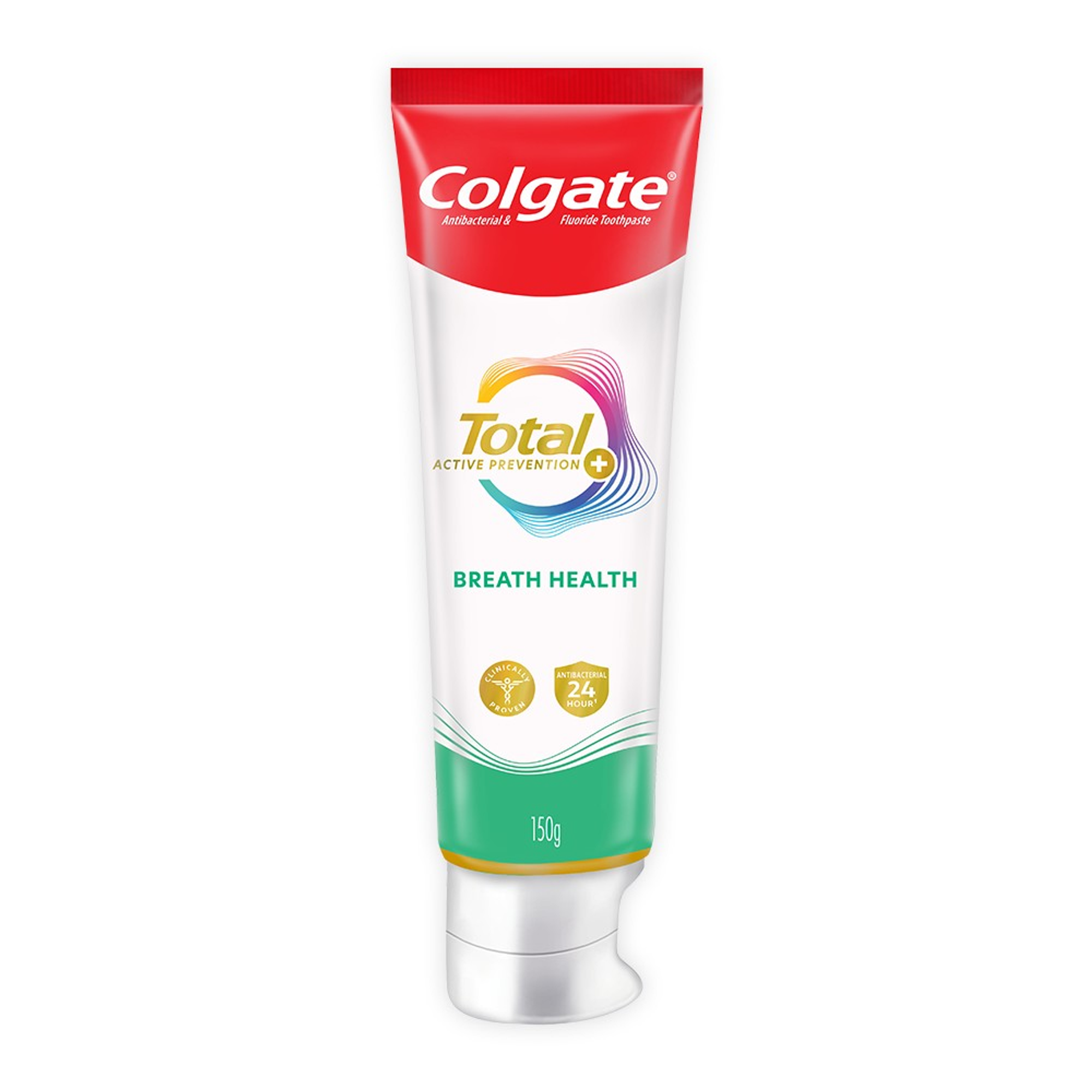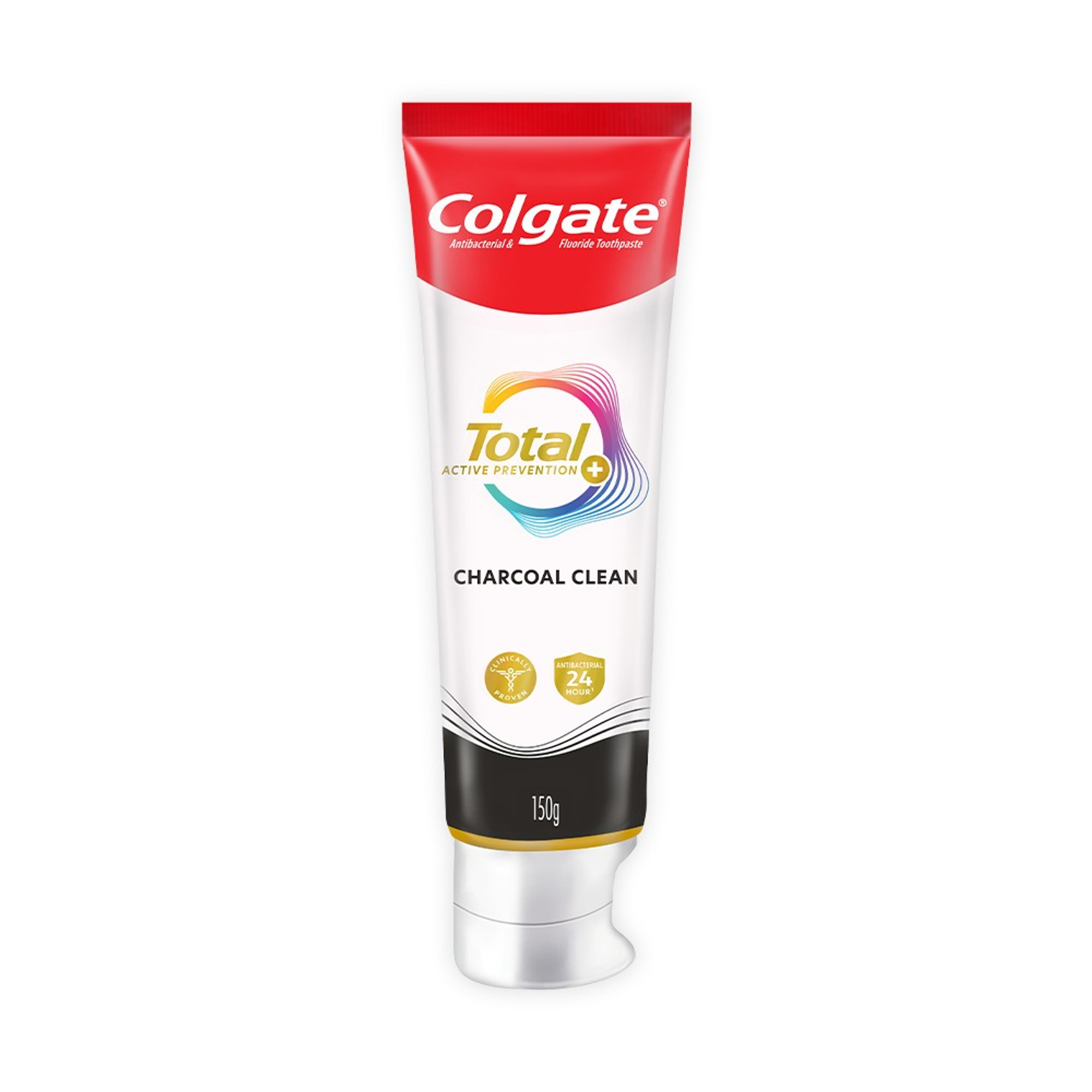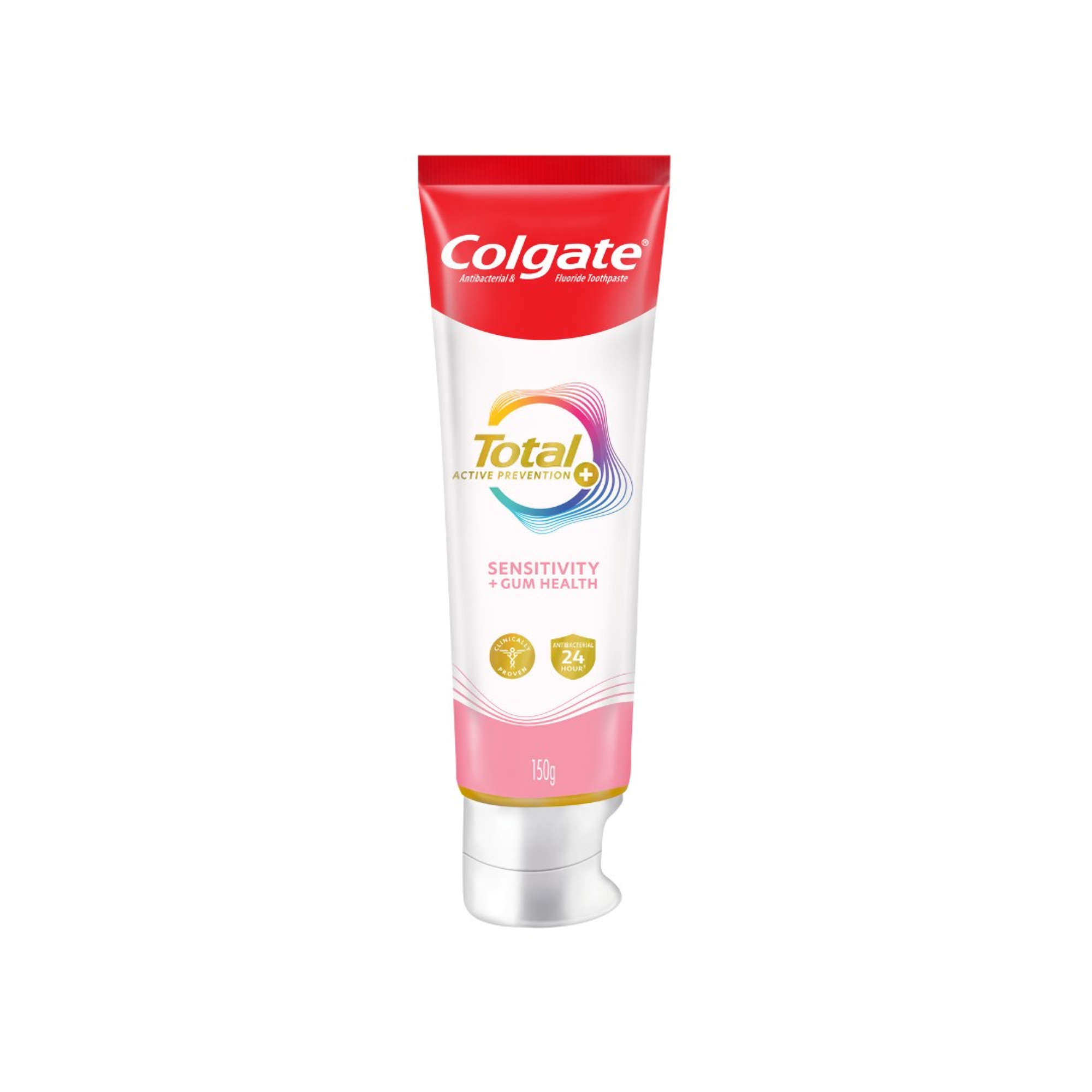Traditional Braces
Traditional braces have progressed since the early days and are now lighter in weight and structure than they used to be. They are made from a high-grade stainless steel and have metal brackets that are attached to each tooth using a type of cement. The brackets are linked to each other with a thin archwire, which puts pressure on the teeth to cause them to move slowly into the correct position.
The archwires are connected to the brackets using tiny elastics known as ligatures or o-rings, which your orthodontist will change each time he tightens the braces. Some types of braces have brackets that don't need o-rings, and these are called self-ligating braces.
Ceramic Braces
These work in the same way as traditional braces, but the brackets are made from a clear, transparent ceramic material. The braces are less visible to others, which makes them a popular choice for adults who need orthodontic treatment. Patients wearing these types of braces occasionally find that the elastics become discolored, which can cause marks on the teeth, as described by the orthodontics practice of Drs. William and Lewis Chapman . Your orthodontist might recommend a fluoride rinse which will help to provide fluoride to your teeth to protect them against cavities.
Damon Braces
This type of braces is currently enjoying a wave of popularity with orthodontists because it provides gentler treatment and requires fewer dental visits. Damon braces are self-ligating and use a slide mechanism instead of elastics to connect the archwires.
These braces produce faster results because the teeth can move on their own without needing to be adjusted. This causes less friction and pressure on the teeth, so movement is less painful. The braces are also easier to keep clean. Having to make fewer trips to your dental professional means that the process costs less time and money, too.
Clear and Removable Aligners
Invisalign is a type of clear aligner that you can use instead of metal or Damon braces. This involves a range of clear plastic aligners that resemble mouth guards, which are custom-made for you. They are removable for eating and cleaning, and you change them out for a newly made aligner every two weeks. Each new aligner takes the adjustment of your teeth one step further.
Clear aligners are also recommended for ongoing use after you complete your orthodontic treatment. These appliances help to maintain the results you want until your teeth have settled down and finished moving.
Forsus Appliances
The American Association of Orthodontists recommends that children get screened by an orthodontist at the age of 7 because early childhood is the best time for treatment. Some children require the use of Forsus appliances to correct difficult overbites, and these have largely replaced the use of headgear for braces. The Forsus appliance is a spring worn inside the cheeks that attaches to the braces in order to adjust the upper or lower jaw into position.
Palatal Expanders
For patients who have overcrowded teeth, two options to remedy the problem are tooth extraction and palatal expansion. Tooth extraction was the preferred solution in the past, but modern orthodontists often recommend the wearing of a palatal expander for a period. This is a device that fits your palate and applies pressure to the back of your upper molars to gradually move your teeth farther apart. This expands your palate and makes it possible for other types of braces to be fitted to correct the position of your teeth.














